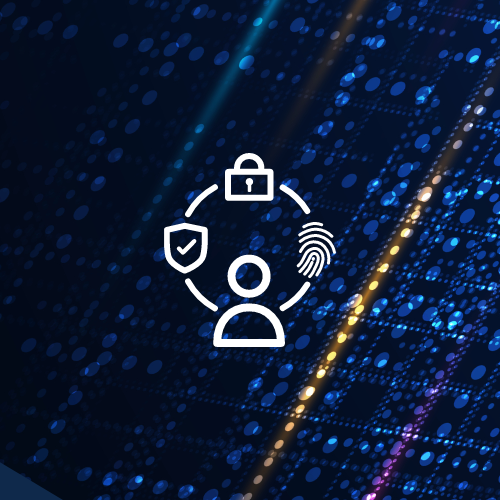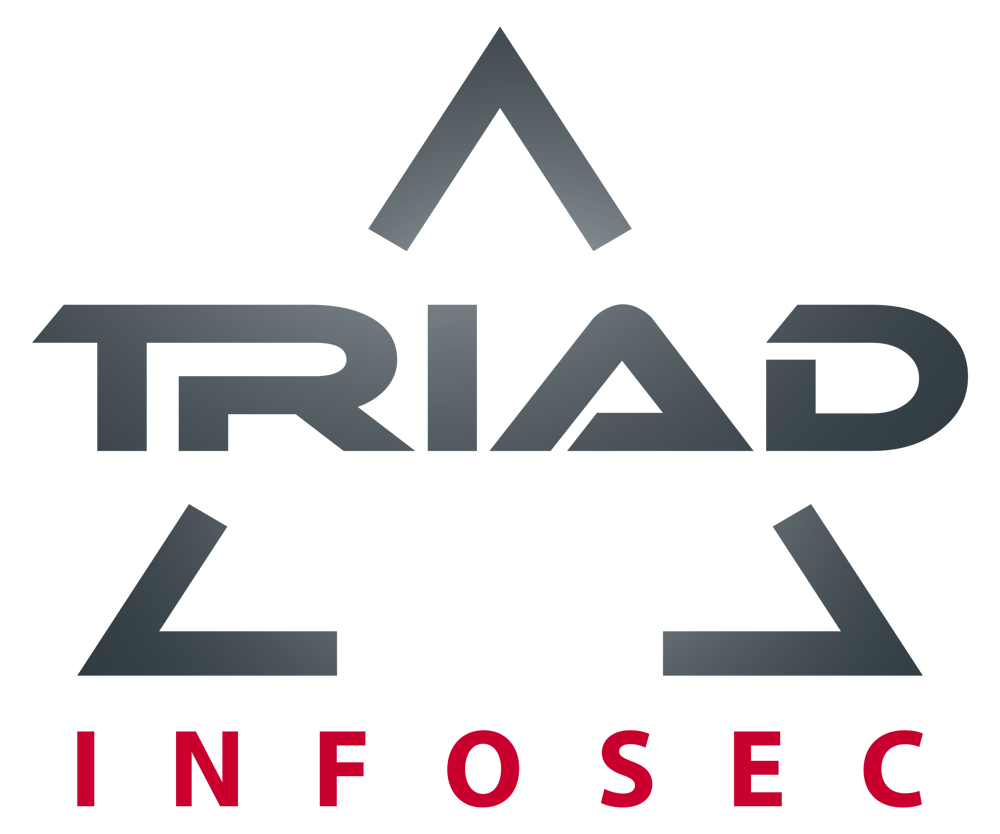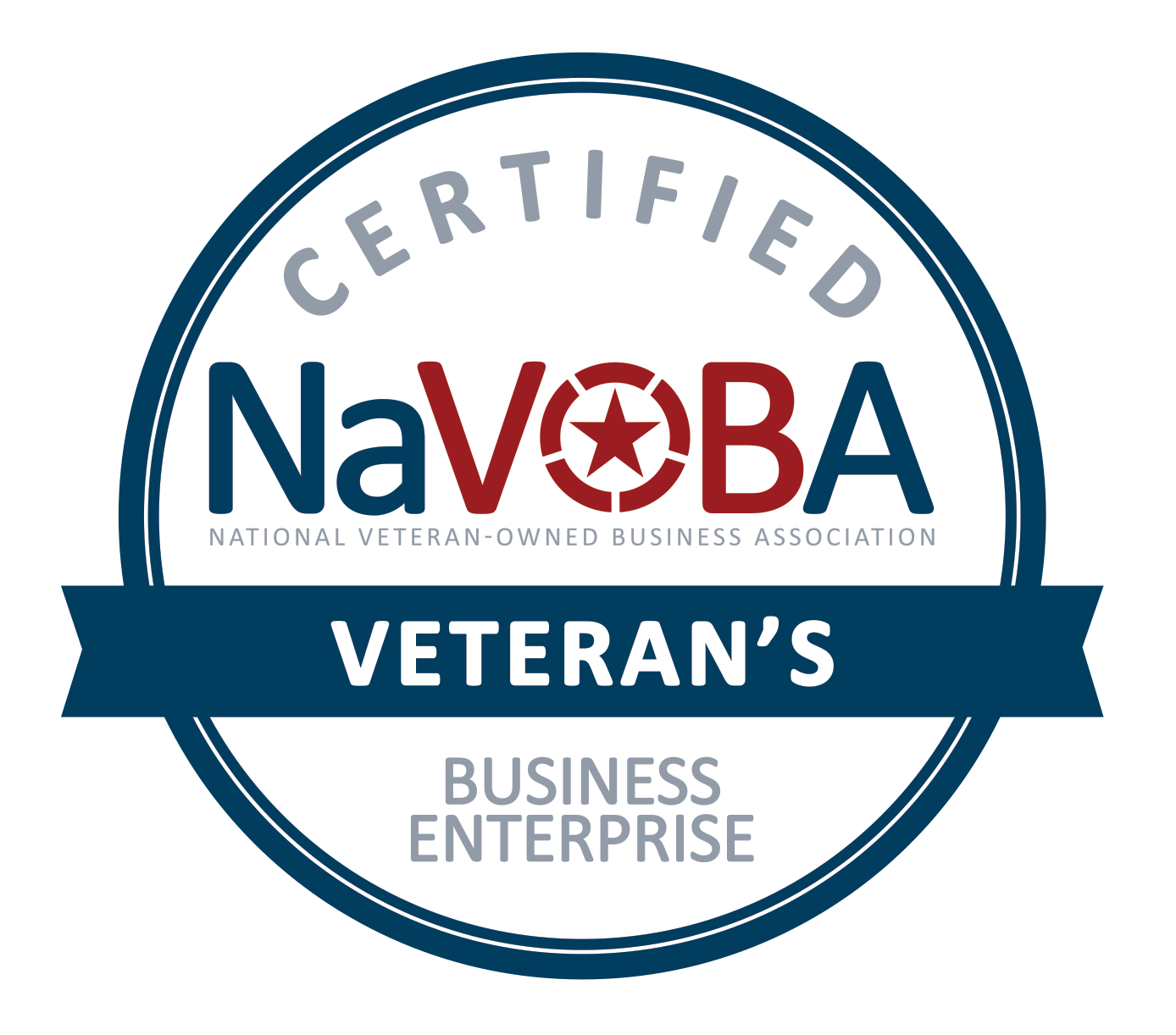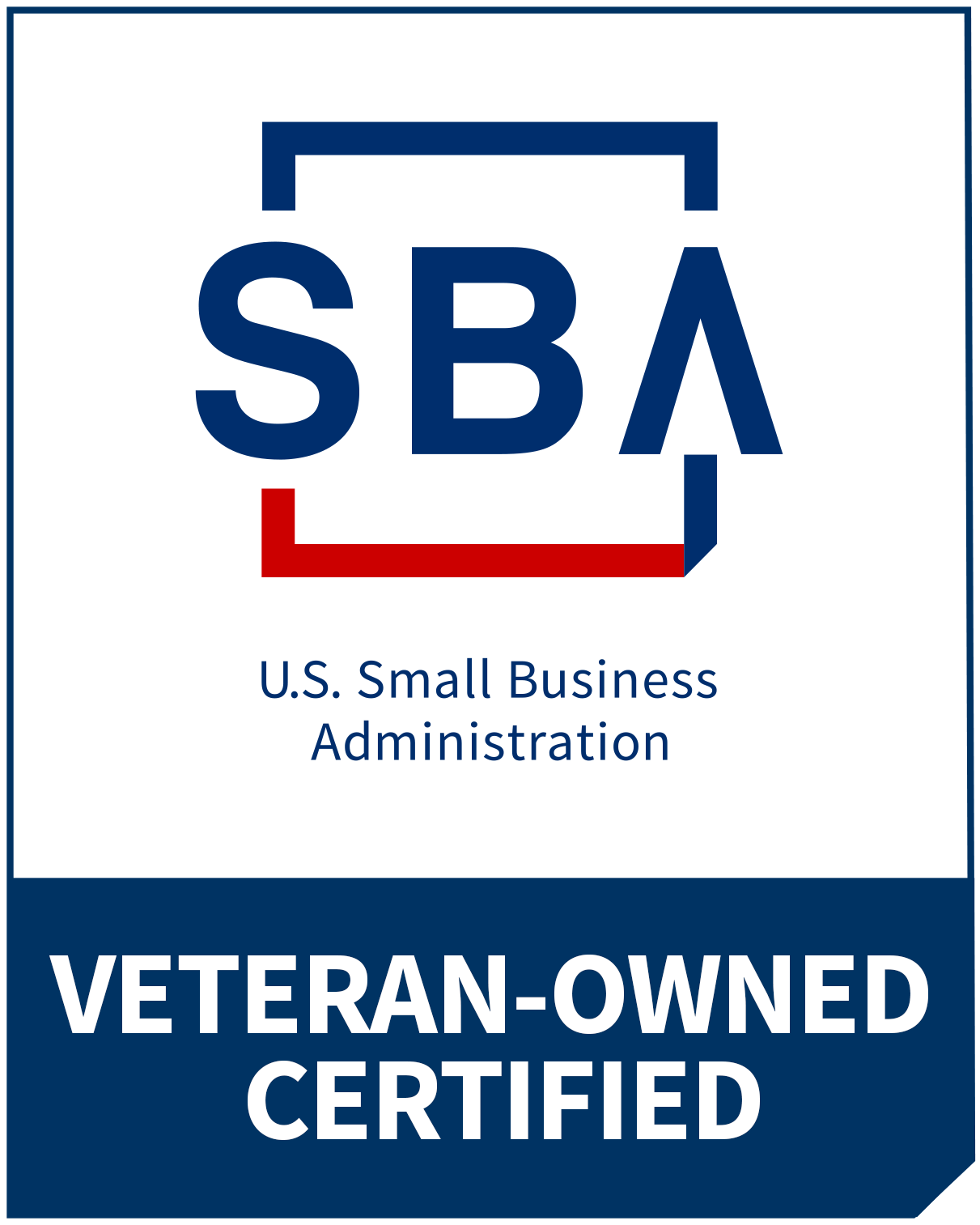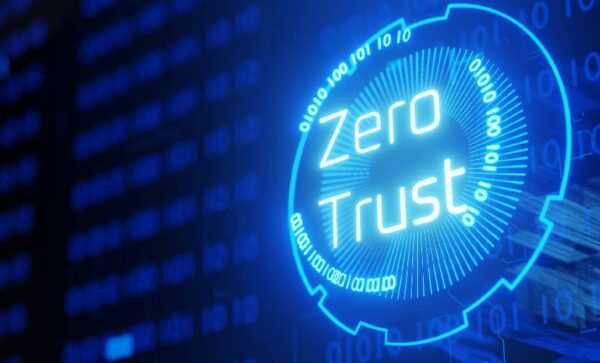
Triad InfoSec is here to help your organization plan, implement, and support a Zero Trust Architecture. Contact us to learn more!
Zero Trust is not a product or service. It’s an approach to security that verifies every request as if it originated from an uncontrolled network. Assume that everything behind your corporate firewall is not safe. The Zero Trust model is adaptable to modern environments and protects user accounts, devices, applications, and data wherever they’re located. Zero Trust must be integrated throughout your entire digital estate to be effective. Implementation requires careful consideration of organizational requirements, existing technology implementations, and security stages. Moving away from a trust-by-default approach to a trust-by-exception one, you can automatically manage exceptions and alerts to find, detect, respond to threats, and prevent or block undesired events across your organization.
A Zero Trust architecture is a security strategy that operates on the principle of never trust, always verify. A Zero Trust architecture applies access policies based on the user’s role and location, the type of device used, and the requested data to prevent unauthorized access and movement within an environment. Establishing a Zero Trust architecture requires visibility and control over the environment’s users and encrypted traffic. You must also monitor and verify traffic between different parts of the environment and ensure that strong multifactor authentication (MFA) methods are in place. Passwords alone are insufficient, and MFA methods like biometrics or one-time codes should be used. In a Zero Trust architecture, a resource’s security is no longer solely determined by its network location. Instead, software-defined microsegmentation protects data, workflows, services, etc. This approach enables you to keep your resources secure anywhere, whether in your data center or distributed hybrid and multi-cloud environments.
